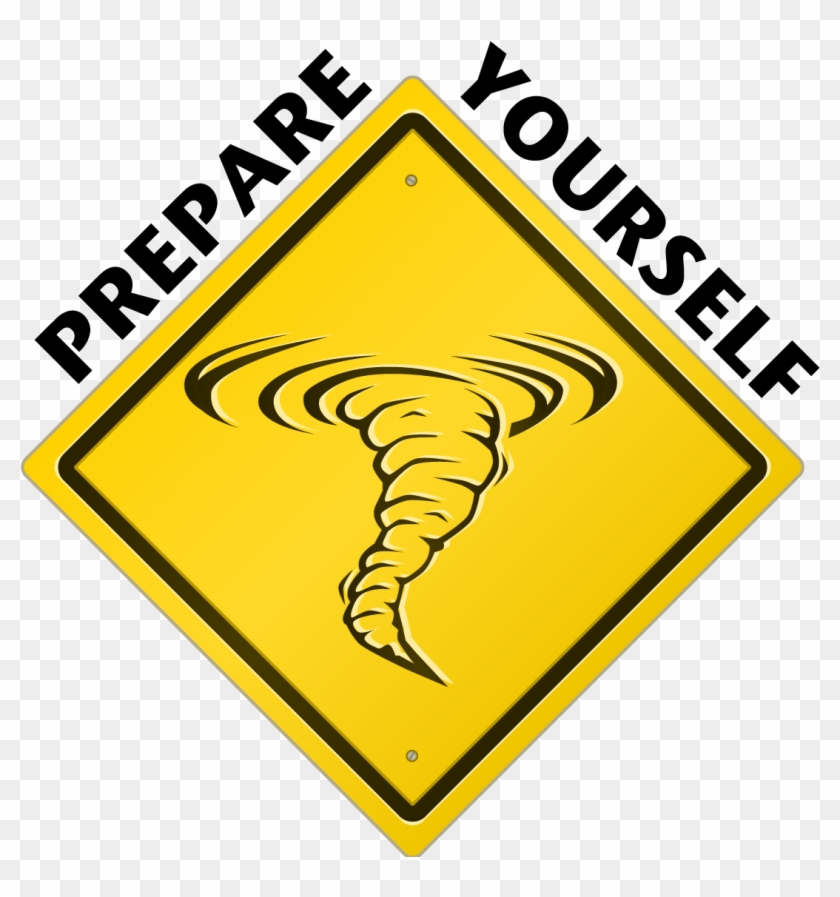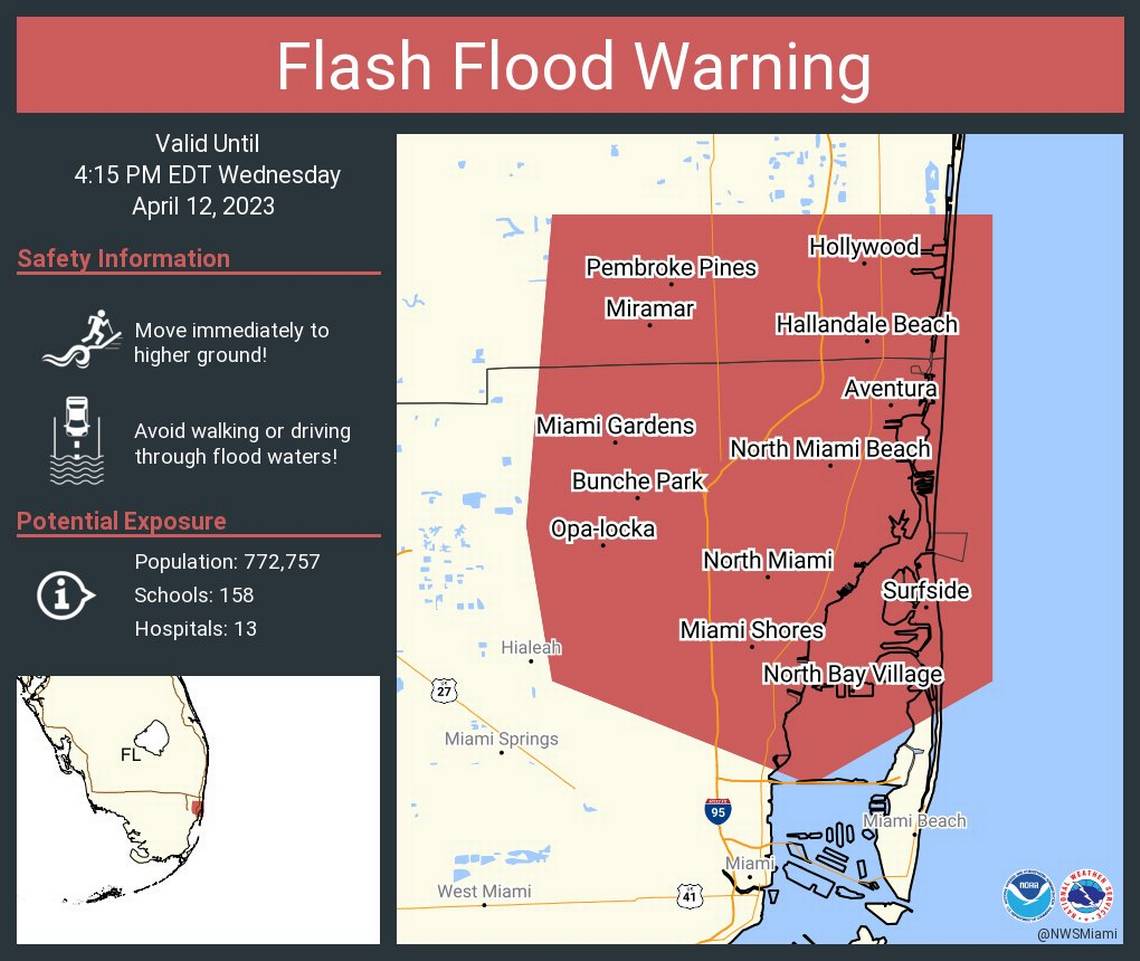Flash Flood Emergency Preparedness: Protecting Yourself And Your Family

Table of Contents
Understanding Flash Flood Risks
Understanding your risk is the first step towards effective flash flood emergency preparedness. This involves identifying high-risk areas and recognizing the warning signs of an impending flash flood.
Identifying High-Risk Areas
Determining if you live in a flash flood-prone area is crucial for proactive flash flood risk assessment. Several factors increase your risk:
- Check FEMA Flood Maps: The Federal Emergency Management Agency (FEMA) provides detailed flood maps identifying areas with high flood risk. Use their online resources to check your property's location.
- Look for Historical Flood Data: Research your area's history. Past flash flood events indicate areas particularly vulnerable to future occurrences. Local libraries and government websites are great sources.
- Observe Local Drainage Patterns: Pay attention to your surroundings. Areas with steep slopes, inadequate drainage systems, or proximity to rivers and streams are at higher risk of flash flooding. Note any areas where water tends to accumulate after heavy rainfall.
By performing a thorough high-risk flood zones assessment, you can better understand your personal vulnerability and take appropriate preventative measures.
Recognizing Flash Flood Warning Signs
Recognizing the flash flood warning signs is vital. These can include both visual cues and official warnings:
- Visible Signs: Rapidly rising water levels in rivers, streams, or low-lying areas; heavy or persistent rainfall; a sudden increase in water flow; unusual sounds like a roaring or rushing water.
- Official Warnings: Pay close attention to weather alerts and warnings issued by the National Weather Service (NWS) and local authorities. Utilize weather apps, NOAA weather radio, and local news for timely updates. Understanding how to receive severe weather alerts is essential.
Creating a Flash Flood Emergency Plan
A robust flash flood emergency plan is paramount. This includes developing an evacuation strategy, assembling an emergency kit, and establishing clear communication protocols.
Developing an Evacuation Plan
Creating a well-defined flash flood evacuation plan can save lives. Consider:
- Identify Escape Routes: Map out multiple evacuation routes from your home and workplace, considering potential road closures.
- Designate a Meeting Place: Choose a safe, easily accessible location outside of the flood-prone area for your family to meet after evacuating.
- Plan Transportation Options: Have a designated vehicle and ensure everyone knows how to operate it. Consider alternative transportation if your vehicle is inaccessible.
A detailed emergency escape route plan is crucial for quick and effective evacuation.
Assembling an Emergency Kit
Your flash flood emergency kit should contain essential supplies for survival:
- Water: At least one gallon per person per day for several days.
- Food: Non-perishable items, easy to prepare and store.
- First-aid kit: Include essential medications, bandages, and antiseptic wipes.
- Flashlight and batteries: A crucial tool for navigating in darkness and signaling for help.
- Radio: A battery-powered radio to receive weather updates and emergency broadcasts.
- Important documents: Copies of insurance policies, identification, and other vital papers in a waterproof bag.
This comprehensive disaster preparedness kit will be crucial during and after a flash flood.
Communicating During a Flash Flood
Effective emergency communication plan is vital during a flash flood.
- Pre-determined Contact: Designate a contact person outside the affected area for everyone in your family to check in with.
- Alternative Communication Methods: Have backup communication methods like a satellite phone or two-way radios, in case cell service is disrupted.
- Regular Check-ins: Establish a schedule for regular check-ins to ensure everyone is safe.
A solid flash flood communication strategy can minimize stress and ensure family members can connect even in challenging circumstances.
Flash Flood Safety During and After
Knowing how to react during and after a flash flood is critical for flash flood safety.
Actions to Take During a Flash Flood
Immediate action is vital for flash flood survival:
- Evacuate Immediately: If you receive a flash flood warning, evacuate immediately to higher ground.
- Seek Higher Ground: If evacuation isn't possible, move to the highest level of your home or building.
- Avoid Driving: Never attempt to drive through flooded areas; the water may be deeper than it appears.
- Turn Off Utilities: If possible and safe to do so, shut off gas and electricity to prevent further hazards.
Post-Flood Safety Measures
After the floodwaters recede, post-flood safety remains crucial:
- Avoid Contaminated Water: Floodwater can be contaminated with sewage and hazardous materials; avoid contact.
- Check for Structural Damage: Inspect your home for any damage before re-entering; professional assessment may be necessary.
- Report Damage: Contact your local authorities to report any damage and seek assistance.
Conclusion
Effective flash flood emergency preparedness relies on understanding the risks, developing a comprehensive plan, and knowing how to react during and after a flash flood. By following the steps outlined above, creating a personalized flash flood emergency kit, and establishing clear communication protocols, you can significantly reduce your vulnerability and protect your family. Don't wait until it's too late; prepare for flash floods today! Visit FEMA (fema.gov) and NOAA (weather.gov) for additional resources and information.

Featured Posts
-
 Matt Malteses Her In Deep A Deep Dive Into Intimacy And Personal Growth
May 25, 2025
Matt Malteses Her In Deep A Deep Dive Into Intimacy And Personal Growth
May 25, 2025 -
 Flood Warning Miami Valley Experiencing Severe Weather And Flooding
May 25, 2025
Flood Warning Miami Valley Experiencing Severe Weather And Flooding
May 25, 2025 -
 She Still Waiting By The Phone My Experience
May 25, 2025
She Still Waiting By The Phone My Experience
May 25, 2025 -
 Classic Art Week 2025 Eksibisi Porsche Dan Seni Rupa Di Indonesia
May 25, 2025
Classic Art Week 2025 Eksibisi Porsche Dan Seni Rupa Di Indonesia
May 25, 2025 -
 300 Podiumov Mercedes Znachimost Sobytiya I Vklad Pilotov
May 25, 2025
300 Podiumov Mercedes Znachimost Sobytiya I Vklad Pilotov
May 25, 2025
